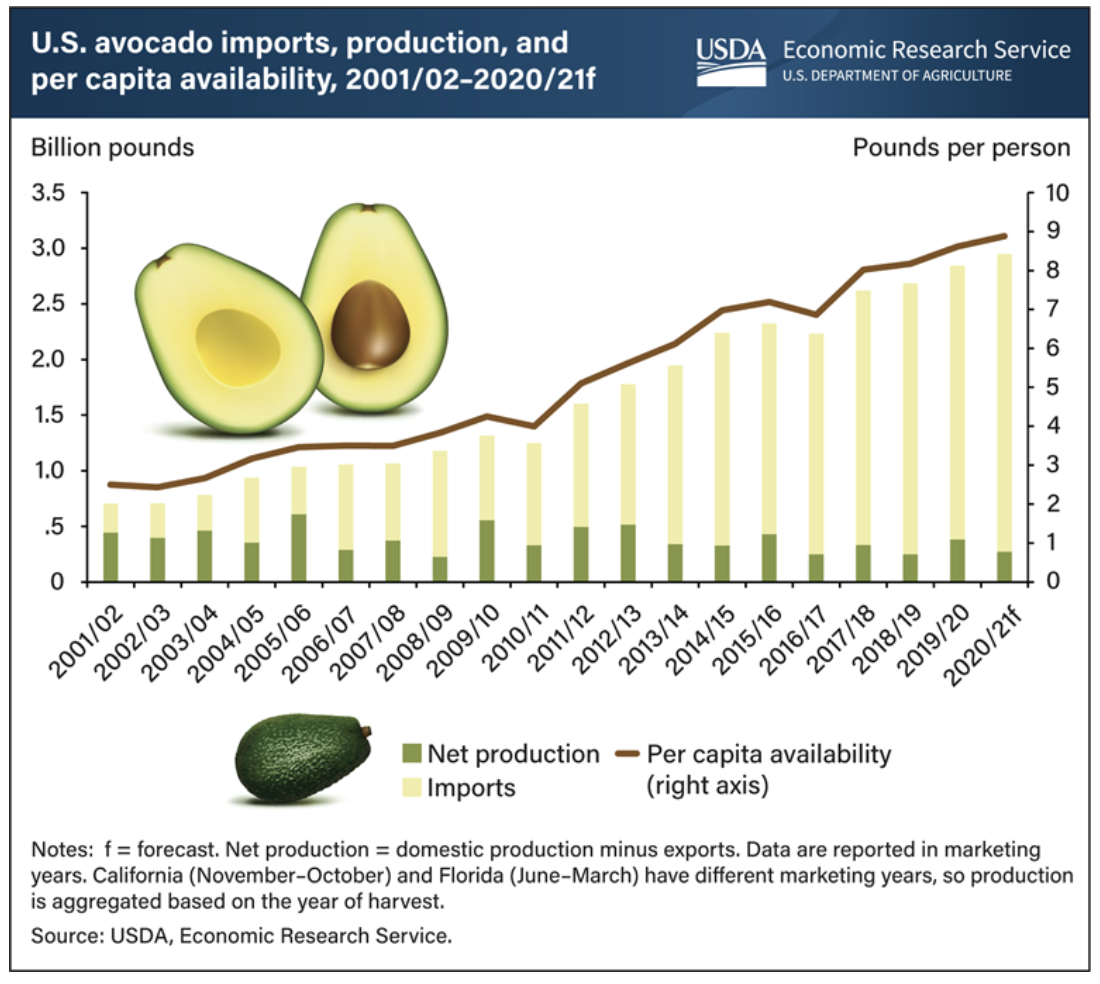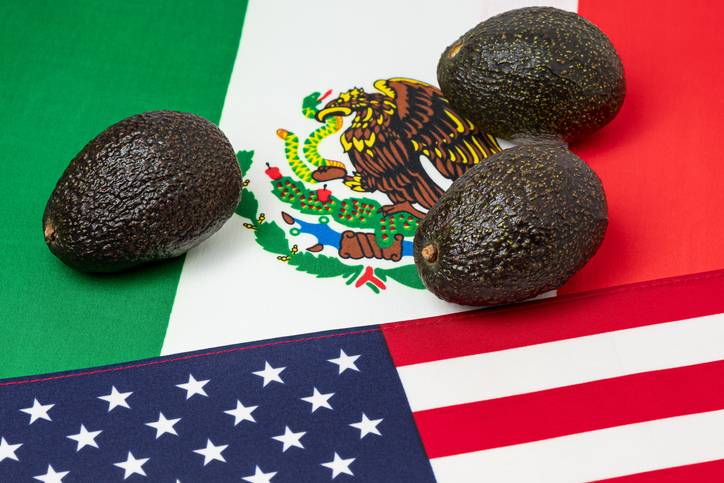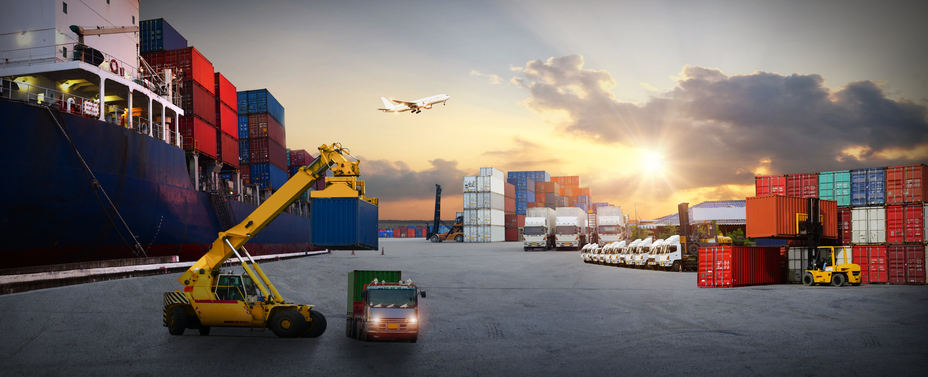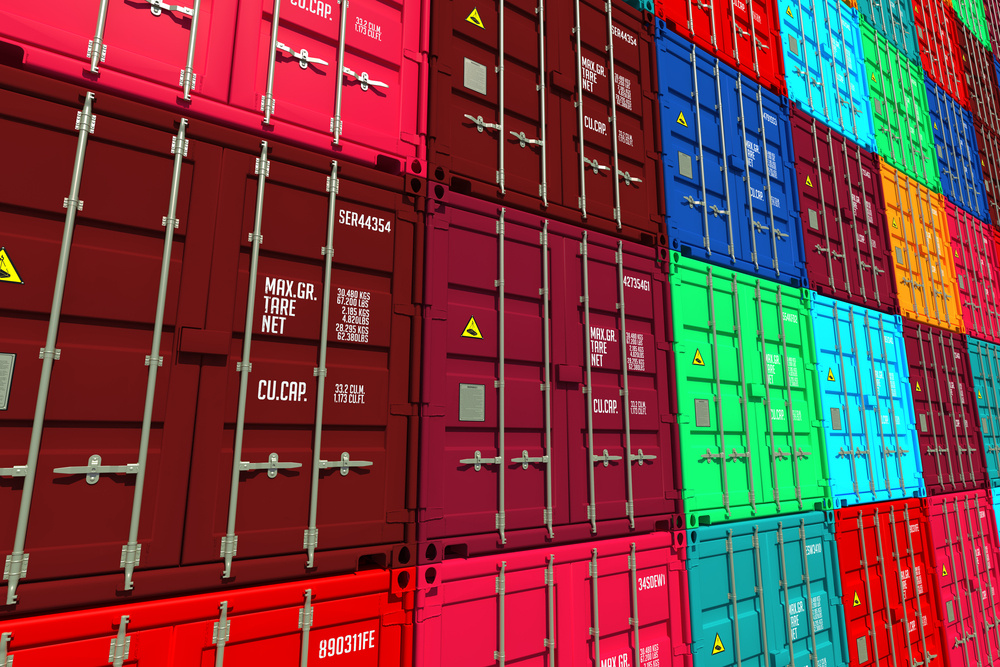In today's dynamic market, timely and efficient delivery of goods is more crucial than ever. Among the most affected products are avocados, a staple in many diets worldwide. Their shipping delays not only frustrate consumers but also impact businesses relying on their consistent supply. In this article, we'll explore the complexities of avocado shipping, identifying the causes of these delays and offering practical solutions for your cross border logistics shipments. By understanding and addressing these issues, businesses can ensure more reliable avocado delivery, keeping pace with market demands.
Avocado Shipping Challenges and the Causes of Delays
The journey of avocados from farms to markets is fraught with challenges. One primary cause of delays is the delicate nature of avocados, which requires specialized handling and temperature-controlled environments. Any disruptions in the supply chain, like equipment failures or logistical mishaps, can lead to spoilage and consequent delays. Moreover, the increasing global demand for avocados has put added pressure on the shipping process, often leading to bottlenecks at ports and during transit.
According to the USDA Economic Research Service, in the 2020/21 season, the US imported a record high of 2.675 billion pounds of avocados. This number represents about 8 pounds of avocados imported per person in the United States. Mexico is the main grower and exporter of avocados and the United States is the main consumer.

Mexico produces several kinds of avocados that are widely exported worldwide. The most popular variety is the Hass avocado, recognized by its dark-green color and bumpy skin. Hass avocados account for 80% of all avocados consumed globally. These avocados are particularly sought after due to their year-round availability and their ability to withstand transportation and storage. Mexican Hass avocados have thicker skin, leading to a longer shelf life and slower ripening process. Apart from Hass avocados, Mexico also cultivates other avocado varieties such as Bacon, Criollor, Fuerte, Reed, and Zutano.
Transporting Green Gold: How Are Avocados Transported
Avocado transportation is a carefully orchestrated process. After harvesting, avocados are placed in temperature-controlled containers to slow down ripening. They are then transported via refrigerated trucks to ports, where they are loaded onto cargo ships. Throughout this journey, maintaining the right temperature and humidity levels is critical to prevent premature ripening or spoilage. This careful handling is essential to ensure that avocados reach consumers in the best possible condition.
Strategies Employed by Avocado Shippers
Avocado shippers use various strategies to mitigate delays and ensure timely delivery. These include advanced tracking systems to monitor shipments in real-time, optimizing routes to avoid congested ports, and employing backup plans to address unforeseen disruptions. Additionally, many shippers are now investing in technology to improve the longevity of avocados during transit, such as modified atmosphere packaging which helps in extending shelf life.
Efficient Avocado Delivery: Solutions for a Smooth Supply Chain
To achieve efficient avocado delivery, it's essential to adopt a holistic approach. This includes strengthening partnerships with reliable logistics providers, investing in better transportation technologies, and staying informed about global market trends and potential disruptions. Proactive planning and a flexible approach can significantly reduce the impact of shipping delays.
What are the Regulations for Shipping Avocados?
When it comes to shipping avocados, there are a set of regulations that need to be followed. These regulations ensure the quality and safety of the avocados being imported into the U.S. Here is an overview of the key regulations:
1. Grading: Avocado fruit from the industry is graded by the USDA into three categories. Grade 1 avocados are of the highest quality, with minimal blemishes or signs of decay on the skin and no decay in the flesh. Grade 2 avocados may have slightly more wear on the skin but should still have no decay in the flesh. Grade 3 avocados, while free from decay, do not meet the standards of Grade 1 or 2 and are typically used for animal feed.
2. Appearance: Avocados that are shipped must be free of dirt, staining, and any other foreign material. Misshapen avocados are not allowed for shipping.
3. Customs Procedures: Shipping avocados through U.S. Customs and Border Patrol (CBP) requires filling out the necessary paperwork within the designated time frame. A customs broker, licensed by the CBP, can provide assistance in fulfilling essential tasks such as arranging duty payments, preparing and filing customs entries, and facilitating the release of goods from CBP control.
4. Compliance with Food Safety Regulations: The Food Modernization Safety Act (FMSA), which was implemented in 2017, is an essential consideration for shipping avocados. The FMSA focuses on ensuring food safety during transport, and compliance with its requirements is enforced by the Food and Drug Administration (FDA). Some key requirements include maintaining cleanliness of vehicles, ensuring avocados are kept at a safe temperature during transport, carriers receiving proper training, and documentation of compliance.
5. Paperwork and Safety Guidelines: To successfully ship avocados, it is crucial to adhere to the regulations set by the CBP and FMSA. The CBP will not release the avocados unless all necessary paperwork and safety guidelines are met.
By following these regulations, avocados can be shipped safely and meet the quality standards required for importation into the U.S.
Transforming Logistical Challenges
If you're facing challenges with avocado shipping or any other aspect of your logistics and supply chain, Visigistics is here to help. Our expertise in logistics consulting and cross-border logistics means we understand the complexities of modern supply chains. We offer tailored strategies and insights to help your business navigate these challenges effectively. Contact us today to learn how we can create a clear path to reliable logistics for your cross border shipping, ensuring that your products are delivered on time and in perfect condition. With our support, you can transform logistical challenges into opportunities for growth and success.





